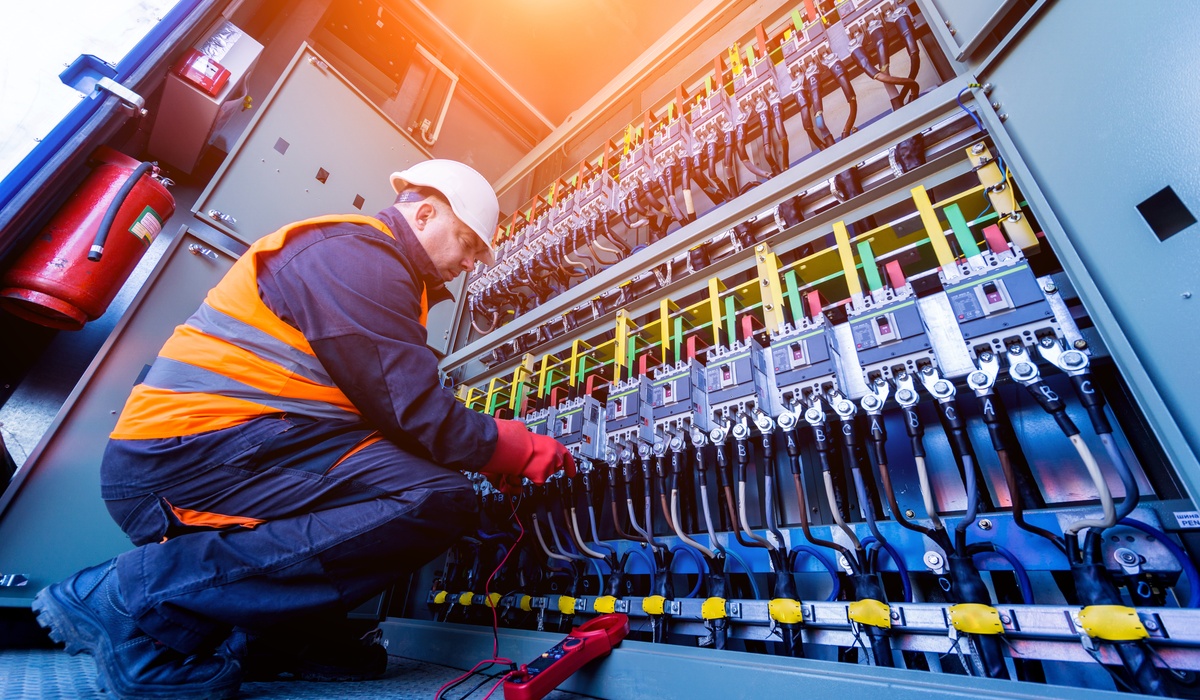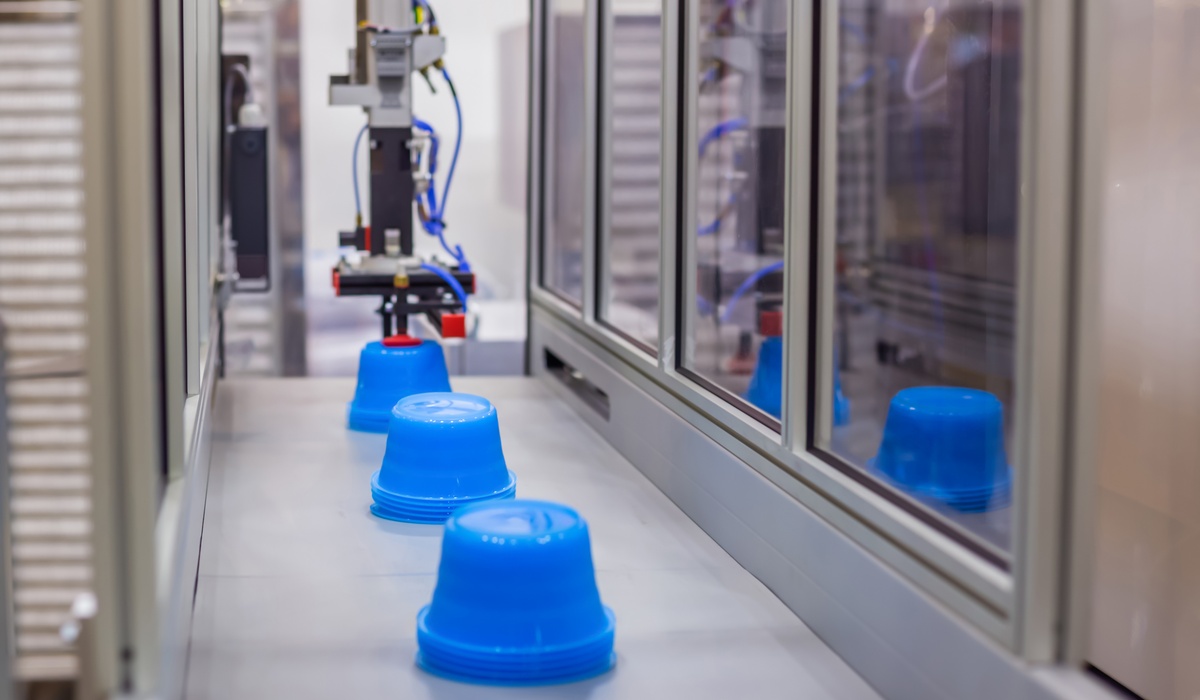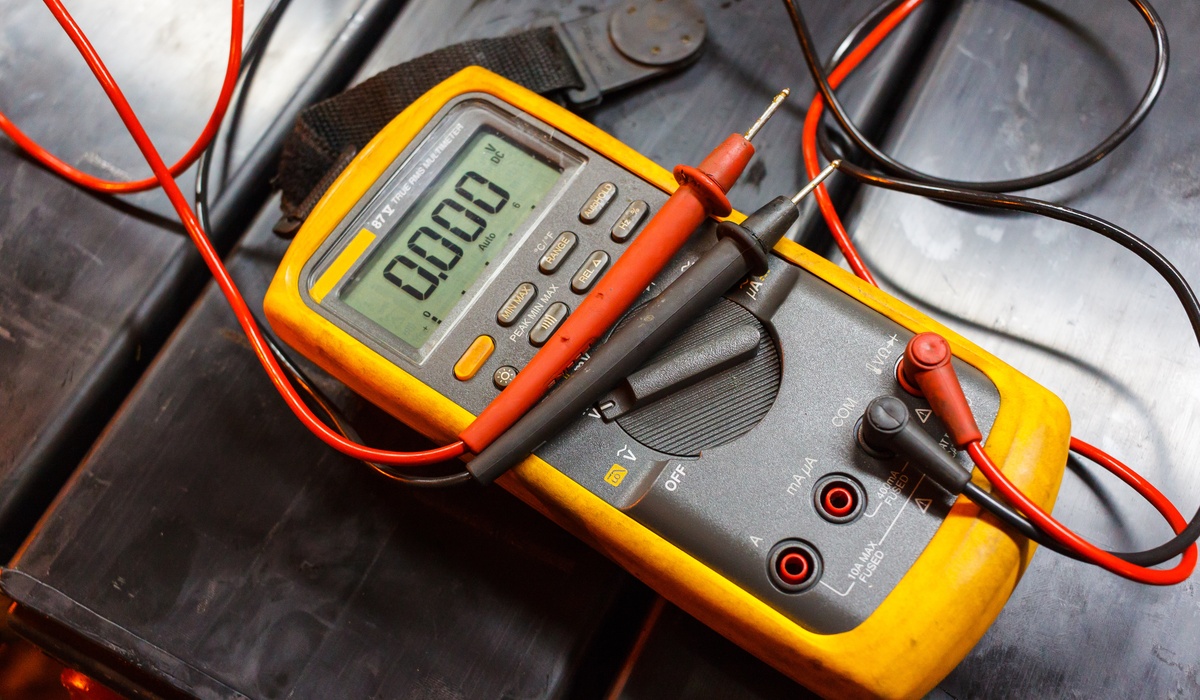A well-executed electrical maintenance program is the backbone of any industrial operation. Whether you’re running a manufacturing facility or managing a plant, your equipment’s reliability ultimately determines your efficiency, safety, and profitability. In this guide, we’ll outline the key components every electrical maintenance program needs and how they contribute to smoother, safer operations.
Why a Robust Electrical Maintenance Program Matters
A well-rounded maintenance program brings tangible benefits to facilities, starting with improved safety. Regular maintenance minimizes potential electrical hazards, such as arc flashes or fires, protecting both staff and property.
Furthermore, it saves costs by reducing downtime and extending the life of equipment. The effort spent on preventive maintenance pales in comparison to the financial burden of emergency repairs or unplanned outages.
Essential Components of an Electrical Maintenance Program
There are many things that every electrical maintenance program needs to ensure the safety, efficiency, and compliance of a facility. From regular inspections to accurate documentation, your electrical maintenance program must include these preventative maintenance measures.
Regular Inspections Lay the Foundation
Routine inspections form the first line of defense against potential electrical failures. These inspections allow engineers and facility managers to visually assess critical equipment and identify wear, corrosion, or damage before they escalate.
Checking components such as circuit breakers, switchgear, and wiring can reveal minor issues like loose connections that could snowball into significant safety breaches if left unattended. Inspections should follow a regular schedule, typically monthly or quarterly, depending on equipment usage levels.
Testing and Calibration Ensure Precision
Electrical systems relying on accurate energy flow and optimal performance must undergo routine testing and calibration. Tools like infrared thermography and power quality analyzers are invaluable here.
Infrared scanning pinpoints hotspots that issues like loose connections cause, while power quality analysis identifies disturbances in voltage or current that could compromise equipment function. Calibration ensures that instruments and protective devices, such as relays or meters, work as intended, minimizing inaccuracies.
Cleaning and Lubrication Prevent Wear and Tear
Dust and grime are silent but significant threats in industrial environments. Unclean electrical equipment is prone to overheating, which can cause system shutdowns or even fires.
Cleaning components like busbars, transformers, and terminal connections ensures their uninterrupted functionality. Similarly, lubrication prevents excessive friction in moving components, such as motors. Without it, wear and tear accelerate, shortening the life span of critical machinery.
Accurate Documentation Is Non-Negotiable
No maintenance program is complete without robust documentation practices. Keeping meticulous records of inspections, repairs, and replacements not only aligns with regulatory obligations but also builds a historical archive of equipment performance.
This is also why maintenance programs need wire marking systems so that they can locate and identify wires quickly. A digital record-keeping system provides additional advantages, granting immediate access to data and simplifying audits when they arise.
Proactive Maintenance for Long-Term Gains
Establishing a proactive maintenance plan is not just a recommendation; it’s a necessity. Factories and industrial plants rely on electrical systems to keep operations running smoothly, and failure to maintain these systems can result in catastrophic consequences. By integrating inspections, testing, cleaning, and documentation into your routine, you invest in a streamlined, efficient, and safer operation.









